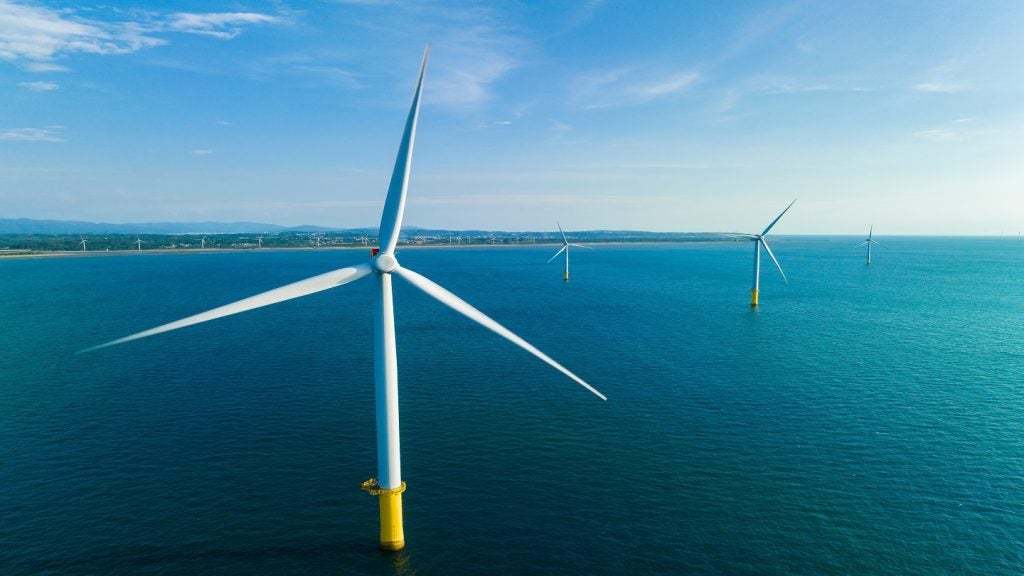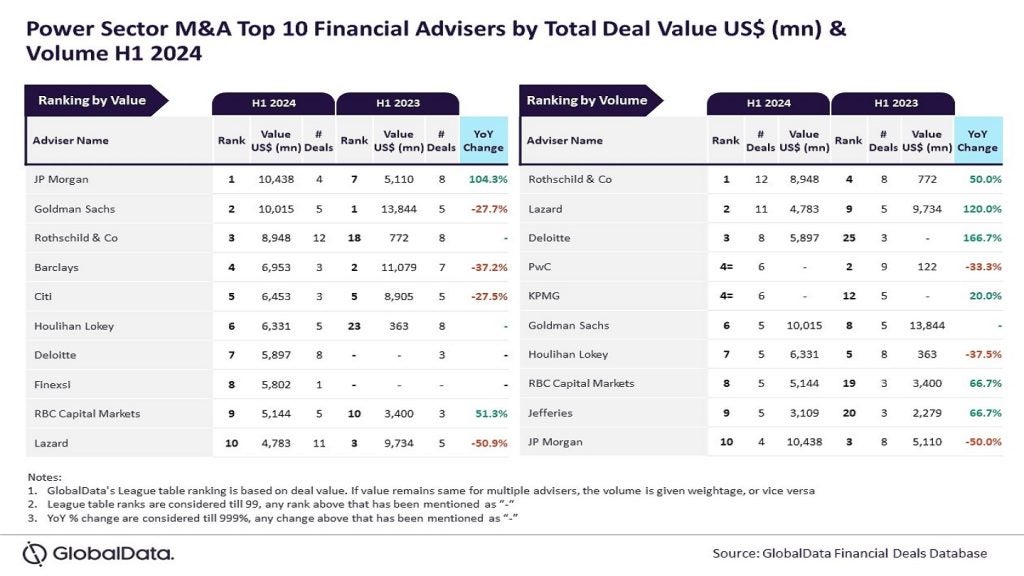
Snowy Hydro’s Snowy 2.0 project, an Australian pumped storage hydropower facility, is set to be postponed by a further 12–24 months to 2028.
The Australian Government-owned company announced that it had revised the delivery timeline for the project, which is expected to see cost overruns.
Delays have occurred even though Future Generation Joint Venture, the principal contractor, has made significant progress. Causes include supply chain disruption and resource mobilisation from the Covid-19 pandemic, a lack of skilled labour, the complex design of the project and geological conditions.
The first power generation from Snowy 2.0 is now expected to be achieved by December 2028 and full commercial operation of all the units is anticipated by December 2029.
Further details about the cost impact of the delay will be released in July 2023.
Snowy Hydro CEO Dennis Barnes stated: “This project is critically important to the transition of Australia’s electricity grid and it’s crucial that we are working to a safe, efficient and realistically achievable timeframe to enable orderly planning for all our stakeholders. I am committed to being transparent about our progress and how we are proactively managing the inevitable issues and challenges that arise in a complex project like this.
How well do you really know your competitors?
Access the most comprehensive Company Profiles on the market, powered by GlobalData. Save hours of research. Gain competitive edge.

Thank you!
Your download email will arrive shortly
Not ready to buy yet? Download a free sample
We are confident about the unique quality of our Company Profiles. However, we want you to make the most beneficial decision for your business, so we offer a free sample that you can download by submitting the below form
By GlobalData“While many other major infrastructure projects have been impacted by the same challenges, Snowy 2.0 continues to make positive progress.
“Snowy 2.0 is providing significant employment and economic benefits both regionally and domestically. There are currently over 2,400 people employed on the project and thousands more jobs generated indirectly through supply chains and support services”.
The project is one of the largest renewable energy and storage projects in Australia, and aims to help the country transition to a low-carbon future at a lower cost to customers.
The Tantangara and Talbingo dams will be connected through 27km of tunnels and a new underground power station will be built.
Water from the lower dam will be pumped to the upper dam when there is excess renewable energy. This will be released back to the lower dam to generate electricity when there is high demand.
The project will generate an additional 2GW of dispatchable, on-demand energy and 350,000 megawatt-hours of large-scale energy storage, enough to power three million homes for one week.
In 2017, the project’s capital cost was estimated to be between A$3.8bn ($2.33bn) and A$4.5bn.







